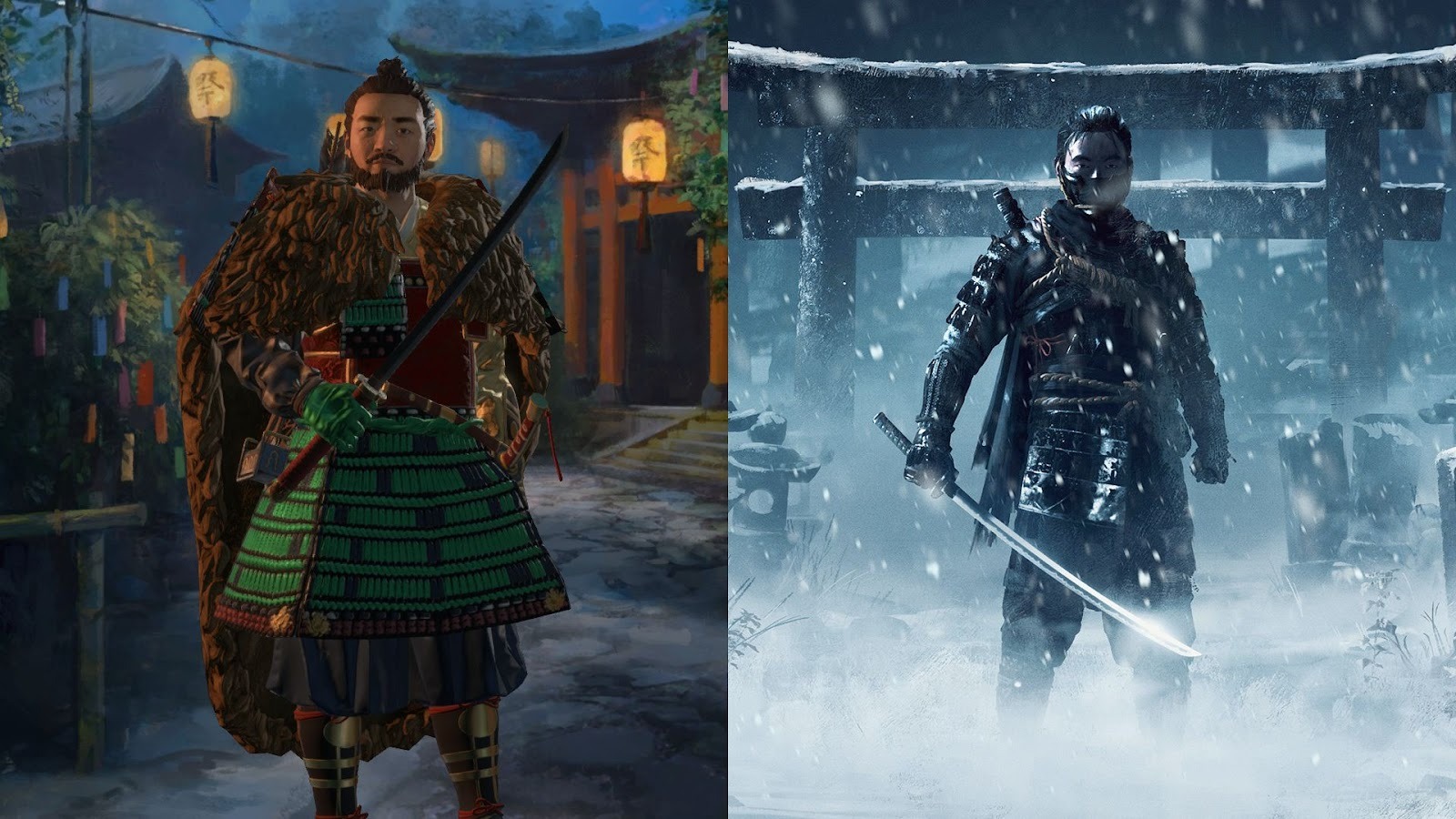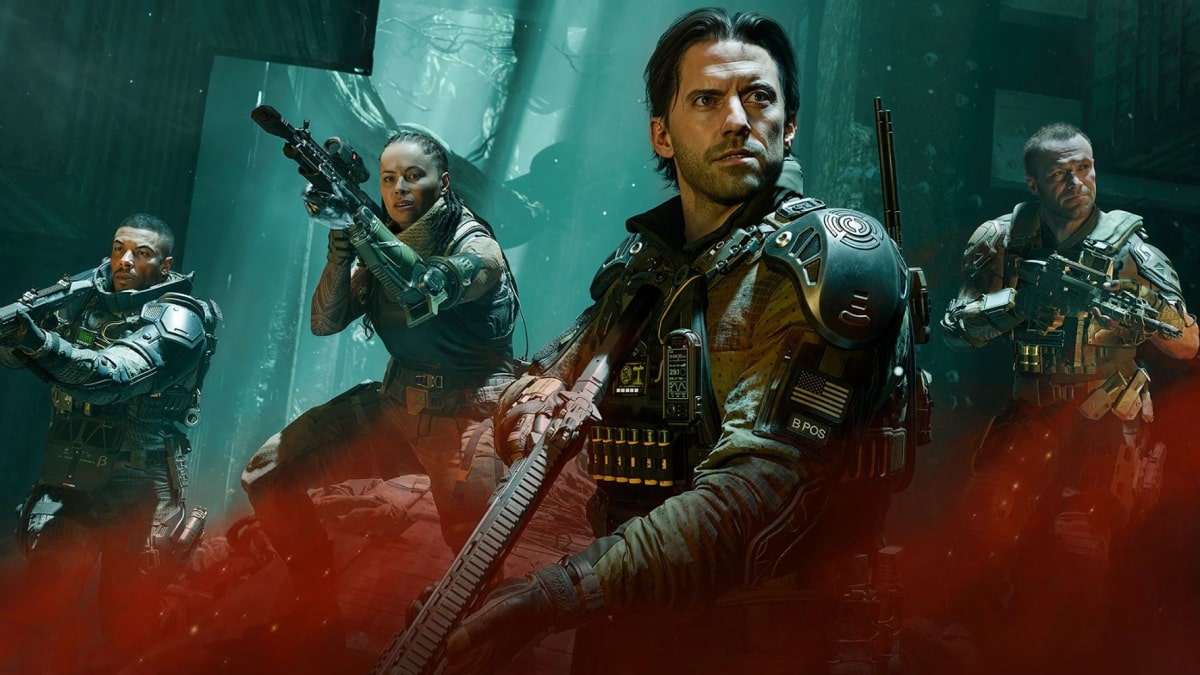You can trust VideoGamer. Our team of gaming experts spend hours testing and reviewing the latest games, to ensure you're reading the most comprehensive guide possible. Rest assured, all imagery and advice is unique and original. Check out how we test and review games here
Microsoft’s Natal and Sony’s Motion Controller are looming over the horizon. They promise much: in the case of Natal, completely controller-less gaming. In the case of Sony’s Motion Controller, gaming with a wand (and a nunchuck, if recent reports are to be believed). Imagine this: playing Burnout with an imaginary wheel, or shooting in Halo as if holding an imaginary gun. Sounds good, huh? Of course it does.
Everyone has an opinion. The hardcore are terrified of motion sensing, as if it’ll emerge from the depths of hell itself and reign down fiery doom upon Call of Duty and Gears of War. The casuals love the idea of chatting with Milo, and navigating the Xbox 360 dashboard with their hands Minority Report style. Everyone in between: well, it’s all very interesting, isn’t it?
But what about the developers themselves, you know, the people behind the games? What do they think about all this motion malarkey? What impact will Natal and Arc have on hardcore gaming? We thought we’d find out, quizzing everyone and anyone willing to entertain our nonsensical warbling on the good, bad, and ugly of waving your arms about like a demented monkey.
/https://oimg.videogamer.com/images/3c43/antic2010justcause2.jpg)
Peter Johansson, Just Cause 2 lead designer – Avalanche Studios
Q: Motion sensing seems like a natural evolution for the Just Cause series; to be able to cast the grappling hook by moving your arm forward with Natal or with Sony’s Motion Controller, for example. How do you feel about applying motion sensing to more core-based game experiences?
PJ: I’m personally not too keen on just replacing normal button presses with a movement, because I don’t necessarily feel it enhances the experience much. But if you set out to design a game that wants to take advantage of those features I can see a lot of opportunities. If you can design it from the ground up with that in mind I think you can do some really interesting stuff. I think sometimes even simple stuff, like navigating a HUD, a GUI, could be really intuitive. I want to see the map and I just get the map down, stuff like that. I could see that working really well in traditional games as well. So I think there are a lot of opportunities. In the beginning you’re going to see a lot of games that are just completely based on it, and then a bit later you’re going to see traditional games that incorporate bits and pieces that work for them.
Q: There’s third-person shooting in Just Cause 2. How do you see motion sensing applying to shooting? Would you want to hold your hands up in front of the screen pulling an imaginary trigger?
PJ: I’m not so sure, actually. I could certainly see it being an accessible thing that makes it easier for a broader audience, and less intimidating and easier to grasp. But I could also see a lot of traditional gamers feeling uncomfortable doing it and comparing it to the experience with a controller, and then they say I have better precision with a dual analogue stick. If you’re going to do that, you probably want to offer a traditional way of controlling.
/https://oimg.videogamer.com/images/d2b0/headsupmay19ufc.jpg)
Neven Dravinski, UFC Undisputed 2010 producer – THQ
Q: We’re seeing Natal and the Arc coming on. Any plans for later iterations of UFC to add motion-sensing?
ND: I can neither confirm or deny the existence of…
Q: Are we going to get to the point where in order to do a submission you do have to do a submission on someone else in a room?
ND: I would actually hope not. As much as I do appreciate the dynamic of breaking the fourth wall and actively participating in a game in that manner, for a fighting game specifically, I like our dynamic. There is a place for it, certainly. But it would really have to be executed very well.
Q: You would be encouraging kids to hit people.
ND: Yeah, well there is that.
/https://oimg.videogamer.com/images/23c9/motionmedalhonor.jpg)
Richard Farrelly, Medal of Honor senior creative director – EALA.
Q: As someone who knows FPS games like the back of your hand, what do you think of motion sensing as a way of handling FPS games?
RF: It’s out there. The technology needs to be refined further to really apply to FPS games in a meaningful way. But I think it will happen eventually, and it will change things once it gets to the fidelity that’s required. Because that’s what it all boils down to. You want that gun to point where you want it to, when you want it to, without the awkward fidgetiness that comes from the lack of fidelity that you get from some of the stuff. I’ve not physically personally experienced Natal yet.
Q: Could you see motion sensing being the norm with FPS games, and the mouse and keyboard will be back in a museum?
RF: It may. You know, it’s hard to predict. But yeah, for me it’s probably inevitable. People are working towards it. The new iPhones, you would never think that you would have a computer, a phone, a game player, a TV, a watch, everything, in something that you can hold in your hands. That was ten years ago. You think, ten years from now… we already have fairly coarse controls, in terms of first-person shooters anyway. So, yeah, sure. It’ll be fine, and I think it’ll be cool.
/https://oimg.videogamer.com/images/2fd1/antic2010rs2.jpg)
Jason Vandenberghe, Red Steel 2 creative director – Ubisoft Paris.
Q: It feels like you’ve nailed the issue of how to do sword combat with the Wii Remote, but now we’ve got Natal and Arc coming out this year. You’ve already said that you had to put a lot of effort into your controls, so do you think this game could work with that kind of tech? Or would you always need a controller of some kind?
JV: For this game, flat out. I mean, I would love to get hold of the Natal team and talk to them about it. Maybe I’m wrong, I could be completely wrong about this, but for me in first-person action games, you need a stick. I need clear, accurate input – I don’t want to be using one hand to pretend to be my feet. I want to use both my hands for input. Maybe in ten years we’ll be used to it; today I want a stick. So I hope with Natal there will be an option to hold a controller, or to use a one-handed controller of some kind that will allow me to have that analogue stick and then do the motion. If I had an analogue stick, and then a [sword-like] stick in my hand, yeah, we could do something like this experience.
Q: If Ubisoft asked you to make Red Steel 3 and they asked you to use Natal and Arc technology, would you be intimidated by that?
JV: No, no, no! I would be thrilled at the opportunity! Where do I sign, dude? I love the experience, I’m a big sword geek, so the chance to explore even higher levels of fidelity… And you know, I’m sure Nintendo is going to come back and answer all the other crap that Sony and Microsoft has been doing, so it’s going to keep going, right? This isn’t going to be a one, two-year conversation. It’ll be something we keep talking about. I’ve always wanted to make a first-person sword-fighting game that’s a direct experience of sword-fighting, and now that I’ve made one all I want to do is to make another one. I’m thrilled to have had the chance to do it. I couldn’t be happier.
/https://oimg.videogamer.com/images/28e0/motiondoa.jpg)
Yasushi Nakakura, Dead or Alive Paradise art director – Team Ninja.
Q: Have you had any thoughts about how motion sensing – Natal and Sony’s motion controller – may be incorporated into the Dead of Alive series?
YN: We’re very interested in the technology, but we’re still looking internally at what it can do and how we can best incorporate that into a game. It’s something we’re looking into and something we’re very curious about. But we don’t have any solid plans yet.
/https://oimg.videogamer.com/images/8b33/motionlego.jpg)
Loz Doyle, LEGO Harry Potter: Years 1-4 producer – Traveller’s Tales.
Q: Some developers are against slapping motion sensing controls to games that work well with a controller. What do you think?
LD: To be honest, we’re having exactly the same feelings. We’re not going to go and make LEGO Harry Potter with Arc controls. And it was the same with the Sixaxis. To try and shoehorn controls using the Sixaxis controller didn’t make any sense, so we just didn’t. Where it makes sense, we’ll do it. Where it doesn’t make sense, we won’t do it. It’s that simple, really.
Q: Do motion sensing games need to be built from the ground up to utilise the technology?
LD: Yeah I think so. Even our Wii games, they’re basically controlling the same as the other games. We might add a few bits and pieces, but we don’t go crazy with motion control for moving characters around or anything because it doesn’t really make sense. There’s no point trying to shoehorn something into something that wasn’t designed to be used in that way.
Q: But you guys have the tech in-house and are already playing with it and trying to work out how best to utilise it…
LD: Yeah. It’s important. There’s no point just not doing it. You’ve got to see what’s available. There might be something that could work brilliantly. It might be perfect for LEGO. You might be able to build with it. You don’t know until you try.
Q: The first thing that springs to mind is, with Natal, being able to move LEGO blocks with your hands, or with Sony’s Motion Controller, waving it around like Harry Potter’s wand. It seems like a natural fit. Do you see it the same way?
LD: Like I say, I’m a bit sceptical until we’ve actually tried it, so I don’t know really.
/https://oimg.videogamer.com/images/f263/headsupao22.jpg)
Alain Tascan, general manager – Army of Two developer EA Montreal.
Q: What’s your take on motion sensing?
AT: The interface dissolves – you can link Natal and the motion controller into this. I think they’re very important. It’s a matter of how natural we’re going to be. We’re still buying a piece of plastic. I’m going to just take something that looks like a guitar and start playing, and the camera is going to see it. It’s not about if, it’s about when. The interface is very important, and the problem right now is that we haven’t seen an interface, beside the guitar controller, as tight as a standard controller. Milliseconds difference in the controller input can be the difference between a good game and a sloppy game; this is what we’re facing if we use motion control. But I believe sooner or later the combination of accessories will be everybody’s life. We just use them more and more, for instance, touch-based screens with the iPhone. So we’re very natural. Naturally you’re going in front of your own screen and start moving stuff away. We’re just at v1.0 on a massive scale of this kind of stuff. We’re going to evolve more and more.
Q: Is it fair to say the interface will be one of the most important parts of gaming?
AT: I’m convinced. This, and always-online, and direct to customer, and what these things will change in terms of design. But I really believe the interface is the key to expanding. The Wii started doing it, but let’s see what’s going to be the future. Natal wants to do it. It will come soon, for sure.






